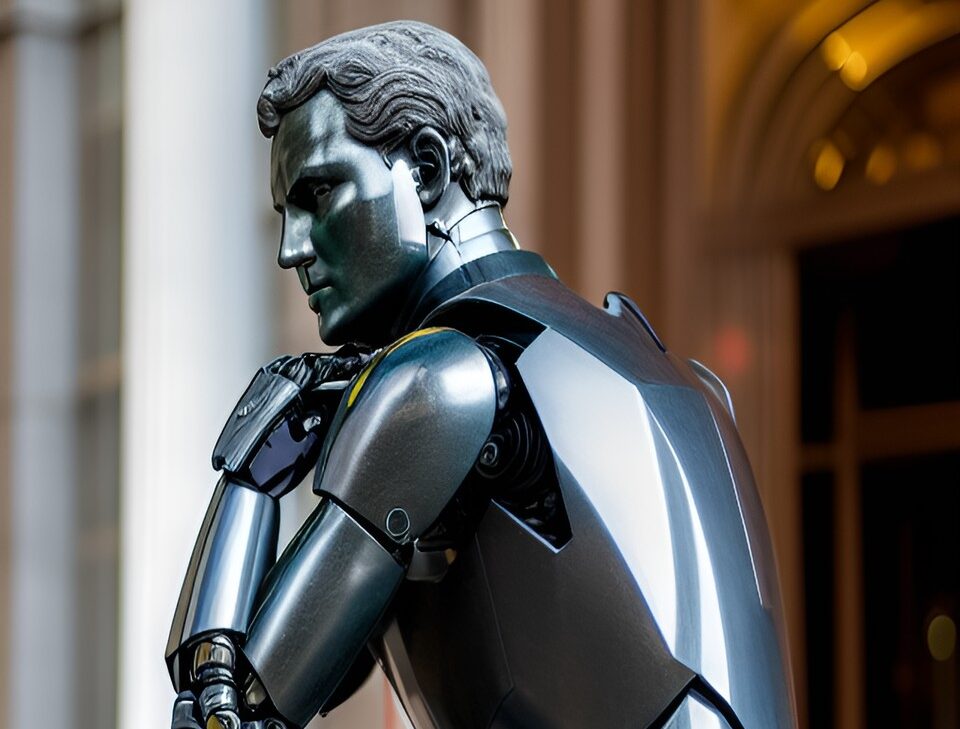ChatGPT is an advanced language model developed by OpenAI, designed to process natural language and generate human-like responses to various types of prompts, such as questions, conversations, and writing prompts.
The name ChatGPT stands for Chat Generative Pre-trained Transformer, which describes its architecture and purpose. The model is based on the transformer architecture, a deep learning architecture that has been highly successful in natural language processing tasks, and it is pre-trained on massive amounts of text data, allowing it to generate high-quality responses to a wide variety of prompts.
One of the most impressive features of ChatGPT is its ability to adapt to different styles and tones of language, which allows it to mimic human-like responses in a wide range of contexts. It can be used for a variety of applications, including customer service, language translation, and content generation, among others.
While ChatGPT is highly advanced and capable, it is important to note that it is still a machine learning model and has its limitations. It may generate responses that are inappropriate, biased, or factually inaccurate, depending on the data it was trained on and the context of the prompt. As with any technology, it is important to use ChatGPT responsibly and be mindful of its limitations.
Via Gary Explains

Gladstone is a tech virtuoso, boasting a dynamic 25-year journey through the digital landscape. A maestro of code, he has engineered cutting-edge software, orchestrated high-performing teams, and masterminded robust system architectures. His experience covers large-scale systems, as well as the intricacies of embedded systems and microcontrollers. A proud alumnus of a prestigious British institution, he wields a computer-science-related honours degree.
